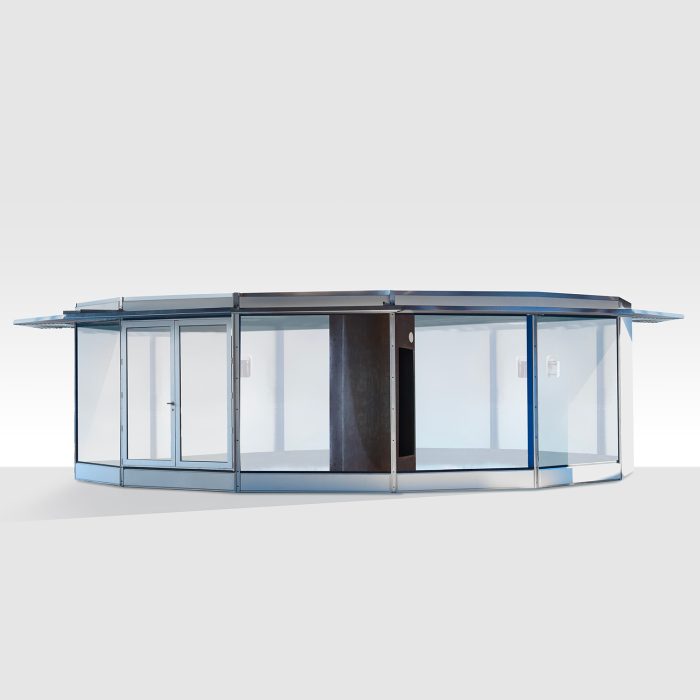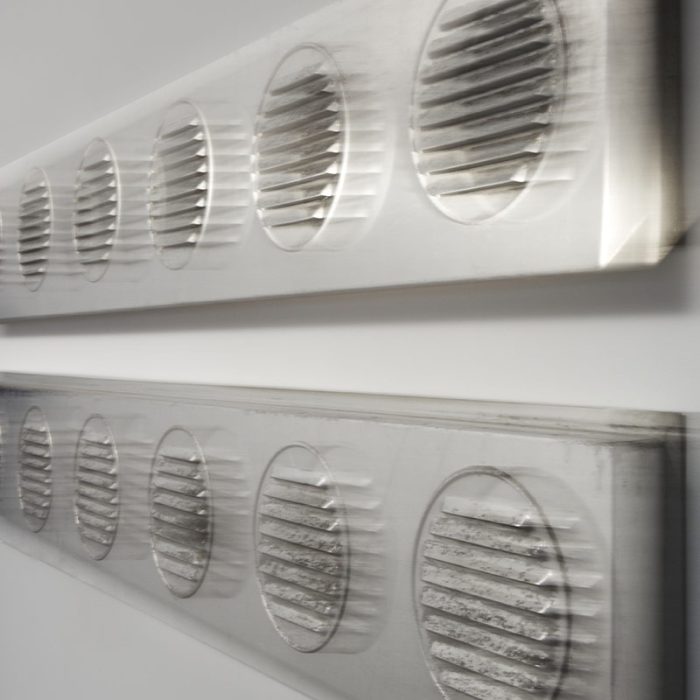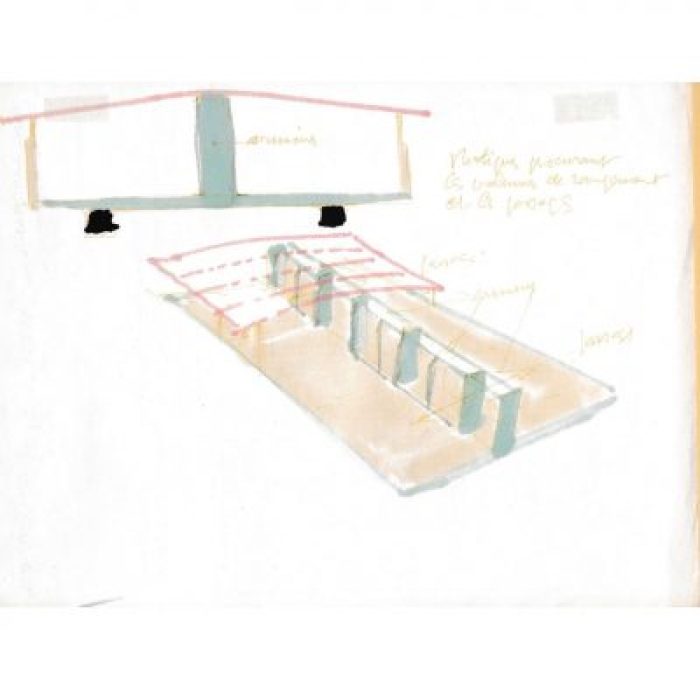- The Gallery
- Designers
- Charlotte Perriand
- Jean Prouvé – Furniture
- Jean Prouvé – Architecture
- Pierre Jeanneret
- Le Corbusier
- Serge Mouille
- Jean Royère
- Georges Jouve
- Pierre Paulin
- André Bloc
- Isamu Noguchi
- José Zanine Caldas
- Ron Arad
- Ettore Sottsass
- Gaetano Pesce
- Pucci de Rossi
- Choï Byung Hoon
- Vassilakis Takis
- Richard Texier
- Tom Fecht
- Misc
- Works
- Exhibitions
- Media
- Contact
- Downtown+
Menu
- The Gallery
- Designers
- Charlotte Perriand
- Jean Prouvé – Furniture
- Jean Prouvé – Architecture
- Pierre Jeanneret
- Le Corbusier
- Serge Mouille
- Jean Royère
- Georges Jouve
- Pierre Paulin
- André Bloc
- Isamu Noguchi
- José Zanine Caldas
- Ron Arad
- Ettore Sottsass
- Gaetano Pesce
- Pucci de Rossi
- Choï Byung Hoon
- Vassilakis Takis
- Richard Texier
- Tom Fecht
- Misc
- Works
- Exhibitions
- Media
- Contact
- Downtown+
- The Gallery
- Designers
- Charlotte Perriand
- Jean Prouvé – Furniture
- Jean Prouvé – Architecture
- Pierre Jeanneret
- Le Corbusier
- Serge Mouille
- Jean Royère
- Georges Jouve
- Pierre Paulin
- André Bloc
- Isamu Noguchi
- José Zanine Caldas
- Ron Arad
- Ettore Sottsass
- Gaetano Pesce
- Pucci de Rossi
- Choï Byung Hoon
- Vassilakis Takis
- Richard Texier
- Tom Fecht
- Misc
- Works
- Exhibitions
- Media
- Contact
- Downtown+
Menu
- The Gallery
- Designers
- Charlotte Perriand
- Jean Prouvé – Furniture
- Jean Prouvé – Architecture
- Pierre Jeanneret
- Le Corbusier
- Serge Mouille
- Jean Royère
- Georges Jouve
- Pierre Paulin
- André Bloc
- Isamu Noguchi
- José Zanine Caldas
- Ron Arad
- Ettore Sottsass
- Gaetano Pesce
- Pucci de Rossi
- Choï Byung Hoon
- Vassilakis Takis
- Richard Texier
- Tom Fecht
- Misc
- Works
- Exhibitions
- Media
- Contact
- Downtown+




















